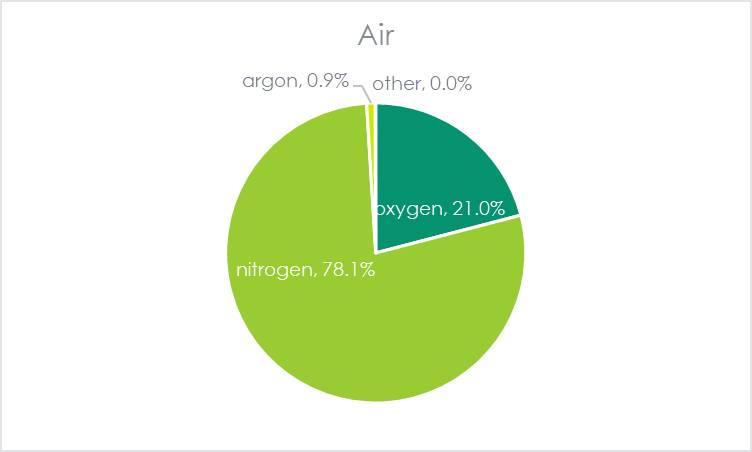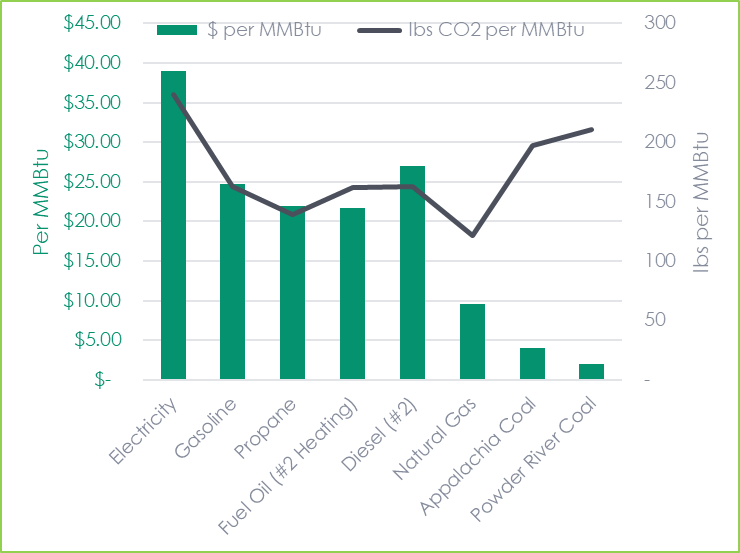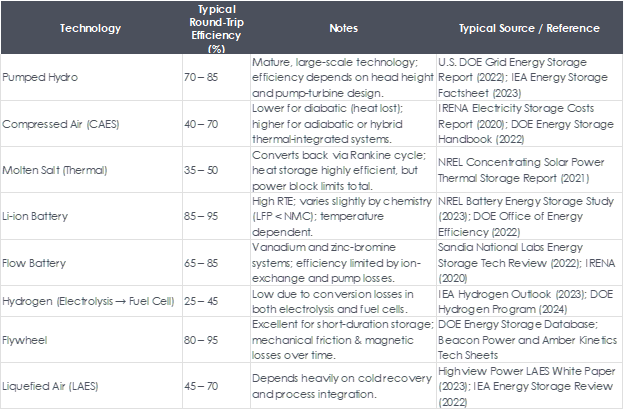
Last week, I threw a hissy fit when I saw that The Wall Street Journal finally reported on its front page that AI Data Centers, Desperate for Electricity, Are Building Their Own Power Plants. Welcome aboard, Paul[1]! I first introduced that topic to Rant readers on September 2, 2025. Not much new in the article, but here is a quote to capture the essence:
“Many of the data-center developers scrambling for electricity intend to use on-site power for a few years until the grid infrastructure [transmission] can catch up. A few plan to bypass the grid indefinitely, and others expect to split the difference, using a mix of grid and on-site power. Ultimately, most data centers and tech customers will want to connect to the grid.”
Data center developers and operators don’t want to be in the power generation business. That is clear and well known. What is also known is that transmission construction is far behind, and it’s not getting better, as even beloved renewable projects like solar are hitting the carbon brick wall. Cheese heads don’t like it. I’d say this: I would rather look at windmills than seas of solar panels that blanket beautiful vistas as they do across the river in Minnesota. Who wants to look at that? It’s the destruction of beauty like paving over a city park.
Something else people don’t realize is that the backlog of transmission construction is driven by coal plant shutdowns as much as wind and solar farms. Two former coal plant sites, one south of town in Genoa (JEN-oh-uh, not jen-OH-ah – it’s a Midwest accent thing) and another on my way home near Sherburn, MinneSOHta[2], feature hulking transmission lines feeding those sites to distribute the power that the coal plants used to deliver. Those were small, 200-300 MW (guessing). Transmission must connect everything from sparse renewable generation fields to giant power plants hundreds of miles apart.
Liquid Air Storage
Last week, a Rant reader asked me out of curiosity about the viability of liquid air for energy storage. My quick answer: anything is possible if money and economics are removed from the equation. The yang to that yin is that everything is for sale if the price is right.
For a profile and report card of electricity storage technologies, refer to Good, Perfect, and Real Carbon Targets – Part 2. Although it’s five years old, it’s an excellent overview. I also remember writing about gravitational/potential energy storage by rail or cranes. If ideas alone could do the job, we’d have a week’s worth of electricity storage by now. Unfortunately, physics is a bisssssh. It has problems with mass, space, complexity, losses, or child and slave labor in third-world countries.
Liquid Air Components
In addition to analyzing the bajeezus out of power plant configurations at the University of Wisconsin Engineering Research Building, circa 1990s, I “learned” how to float golf balls with compressed air (Bernoulli), boil liquid nitrogen (minus 320°F) in the palm of my hand, and other stupid engineer tricks. Oxygen boils at minus 297°F. Guess what happened when I poured liquid nitrogen into a stainless-steel pan and waited a few seconds.
Wrong.
Oxygen condensed on the bottom, dripped off, and hit the floor. Tsss. Tsss. Tsss. There you have it, liquid air—nitrogen at -320°F and oxygen at -297°F. Air is 78% nitrogen, 21% oxygen, 1% argon, and a smattering of trace gases, including CO2, that total less than 0.1%.
Figure 1 Air’s Components

Guess what storage technology is the cheapest and most reliable by far? A mountain of coal that provides weeks of on-site storage for hundreds of megawatts. Actually, nine months of nuclear fuel may be cost-competitive with coal.
I fell into the rabbit hole there a little.
Energy Requirements of Liquifying Air
Liquifying air is highly energy-intensive and a major entropy producer[3], which is to say, prone to wasted energy. As the BBC article describes, “air is repeatedly compressed [entropy] until it is at very high pressure. Third, the air is cooled [entropy] until it becomes liquid, using a multi-stream heat exchanger: a device that includes multiple channels and tubes carrying substances at different temperatures, allowing heat to be transferred between them in a controlled way [entropy].”
Compressing air results in 80-90% waste heat (entropy), and then it needs to be cooled with a refrigeration cycle to liquify it (more entropy). The heat of compression is stored, requiring heat exchangers, storage media, and standby heat losses. It would be very expensive if the heat exchangers are sufficiently ginormous and the thermal storage infinitely insulated. Optimizing heat recovery and thermal insulation would be an excellent thesis study.
Electricity creates heat via friction losses, like heating with a toaster coil. In this case, electricity is an awful fuel and by far the most expensive heat source, per Figure 2.
Figure 2 Heating Cost by Fuel Source

Fuel price sources:
- Electricity – Xcel Energy Wisconsin residential retail, $0.133/kWh (average national retail all sectors is $0.111/kWh, source = DOE)
- Gasoline and Diesel – EIA Midwest retail
- Propane and heating oil – EIA heating season retail
- Natural gas – Xcel Energy Wisconsin residential retail, $0.956/therm
- Coal – EIA, plus delivery charge.
The BBC article notes the bottom line for round-trip efficiency of liquified air is 70%, which I’d say is at the high end of what’s possible. As it turns out, I was correct with that guesstimate per Power Technology, which says it is more probable in the 50-60% range.
Electricity Storage Summary
Table 1 provides round-trip efficiencies for common and less common electricity storage technologies. Round-trip efficiency is the electricity released to the grid divided by the electricity taken from the grid to store the energy. Anything less than 90% is poor, in my opinion. Nothing is generated. It’s all lost.
Table 1 Storage Technology Round Trip Efficiency Roundup

Next time, I will write a deep dive on thermal energy storage.
[1] I frequently rip on Paul Gigot (JEE-go) the head of their editorial board and television personality.
[2] Not to be confused with Xcel Energy’s Sherburn County (Sherco) coal plant.
[3] Entropy equals irreversible losses. E.g., the skin from my knee left on the sidewalk when I face plant while running in the dark stays on the sidewalk and the tear in my pants won’t fix itself. Or, as my heat transfer professor, Alex Moutsoglou, described it, your refrigerator won’t work if you don’t plug it in. In other words, heat doesn’t flow uphill, from cold to warm, on its own.
